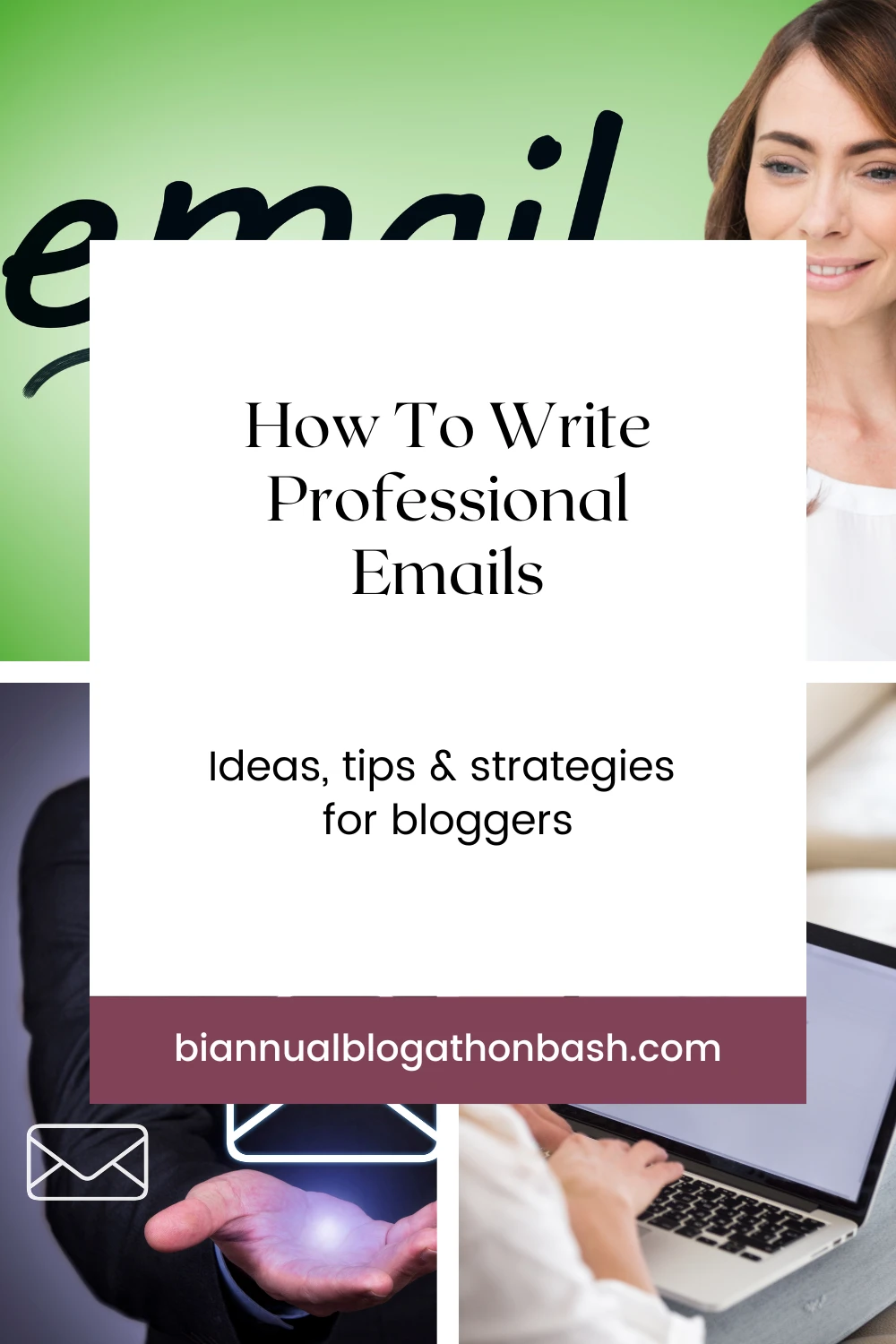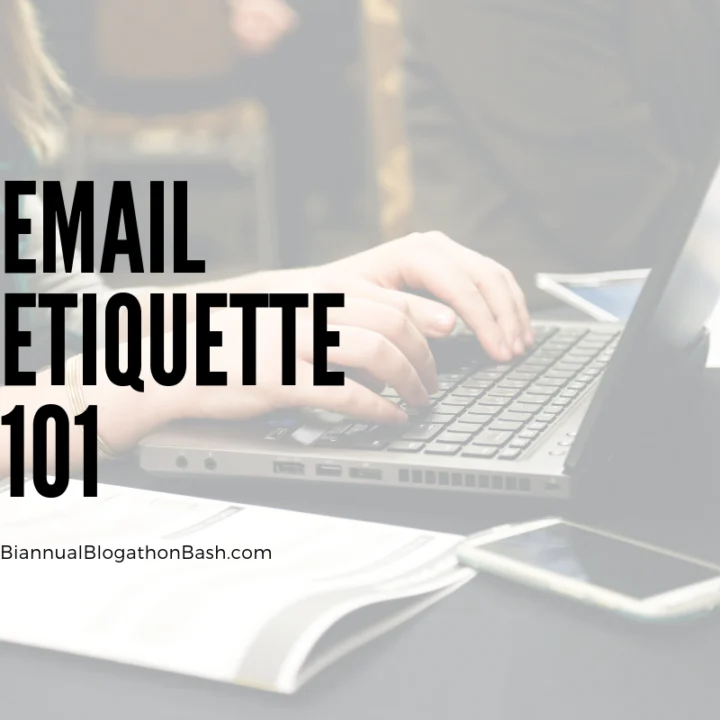If you are conducting your blog as a business and dealing with PR, Press and other businesses, at some point you will need to write professional emails.
You have to be serious and professional if you want others to take you as a professional.
It’s easier when you are responding to an email that was sent to you first because you can use their email as a clue to what tone and level of professionalism your email should take.
How to Write Professional Emails – General
- Use correct spelling and grammar. Use the included spell and grammar check but read your emails again before sending as well because sometimes it won’t catch an error, especially if the word you typed wrong is also a word. e.g. you meant plain but you wrote plane.
- Stick to actual words and not text speak. Before, not b4. That’s funny, not LOL. That’s great news, not WTG.
- For an even higher level of professionalism, do not use contractions. e.g. do not instead of don’t.
- NEVER TYPE IN ALL CAPITALS – IT MEANS YOU ARE YELLING
- Stick to the point. Now is not the time to ramble about your day or complain about something. Only write what needs to be read by the other.
- Include a professional looking signature (the name and contact info at the end of a message) with your email. NEVER write an email without at least a basic signature. Keep it simple and clean. Name, title, company, contact info, website. If you want to include a logo, make it a small version of it. Also be careful with quotes. Business quotes or general quotes about happiness or a balanced life are okay. Political, religious, sexual or silly quotes are not.
-
- Use a common font (Times New Roman/Calibri/Arial/Verdana) and font size (12). NO stationary. NO excessive pictures.
- Use a polite closing before your signature. Thank you for your time or I look forward to hearing from you work well.
- Use proper subject lines. Your subject line is what entices the other person to open your email. Make it clear so explains what the email is about. Do not write in the first person. Try for 6-10 words.
Responding to an Email
- Look at how the email is addressed to you and address it back the same way. If the email says Hello, you say Hello. If it says Hey, than you can use the informal Hey.
- Start out by thanking them for reaching out to you.
- If it’s an offer and you are saying no, include something about being thankful for the email and to please keep you on their list for future work (unless of course, they keep sending spam offers and you don’t WANT to be on their list.)
- If it’s an offer and you are saying yes, try to balance your enthusiasm for being a part of the opportunity with professionalism. “Oh my gosh, thank you for picking me!” is not professional. “I look forward to the opportunity to work together on this campaign” is better.
- Even if the email has you feeling negative, keep your negative thoughts to yourself. Just state the facts you want to get across in a polite manner.
Writing a New Email
-
- If at all possible, know the name of the person you are addressing and use it. Dear Mary or Hello Jim is better than just a plain Hello or To Whom It May Concern. It’s more personable. If the contact info did not include a name and you can’t tell from the email address than it is best to start with Hello. Stay away from generic openings such as Hello Owner or Dear Webmaster.
- Introduce yourself first. This is a new contact and they don’t know who you are. Just jumping right into what you want is spam. You wouldn’t just walk up to a stranger and say “I want to work with you.” You would introduce yourself first. When you introduce yourself, use a professional title such as Content Creator or Owner or Writer as opposed to just blogger. Say your full name, your role and your website and if it isn’t glaringly obvious from your website or title, give a concise explanation of what you do.
- Get straight to the point. The person you are emailing is just as busy as you are (maybe even busier) so if you want your email read, get to the point right away. It’s even better if you start of with what you can offer them, as opposed to what you want from them. Try to stick with 2-3 paragraphs. You can always add details later.






Julie
Tuesday 27th of January 2015
These are fab pointers - as an English teacher I can concur!!
I, personally, tend to be flexible on the contraction rule... for instance, I MIGHT use a contraction to "soften the blow" of a decline email. Instead of "I do not think your product is a good fit for my site." (which to me seems really stern!), I would go with the more gentle, "I don't think your product fits my site content right now." It's so hard to convey tone via email and sometimes a contraction helps me feel like I'm sounding kinder. What do you think? :) But when in doubt, do not use contractions! (haha) My recent post A Gift for You: 101 Tech Free Toddler Activities Ebook
Kathleen Bailey
Tuesday 27th of January 2015
Good point! Yes I agree that the contraction softens the blow. I use contractions sometimes and not other times. If I am reaching out for the first time to a company I stick with professional and don't use them but with a PR person whom I've talked to lots of times, I use them.
Create With Joy
Sunday 25th of January 2015
Great pointers Kathleen - thanks for taking the time to share this info with us!